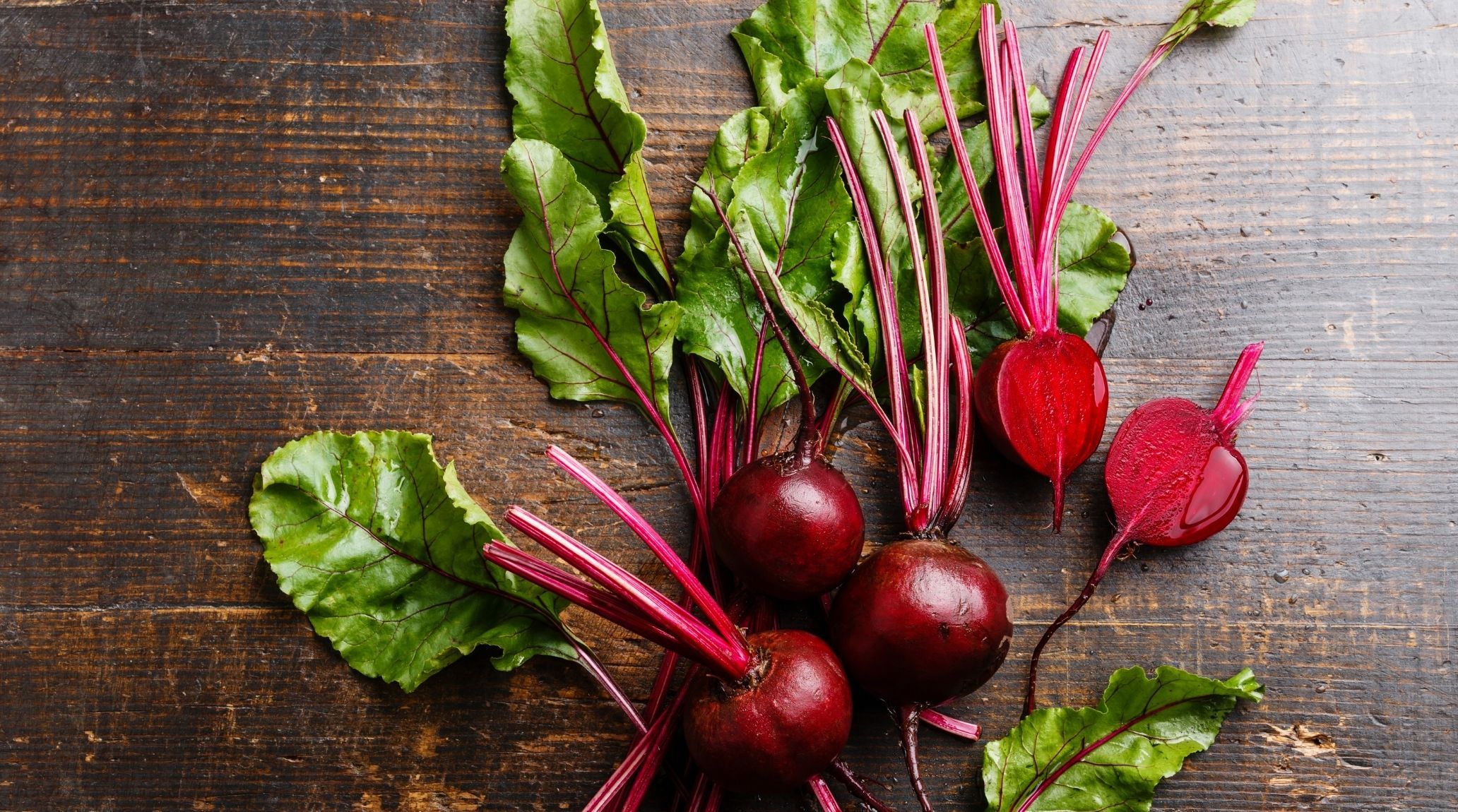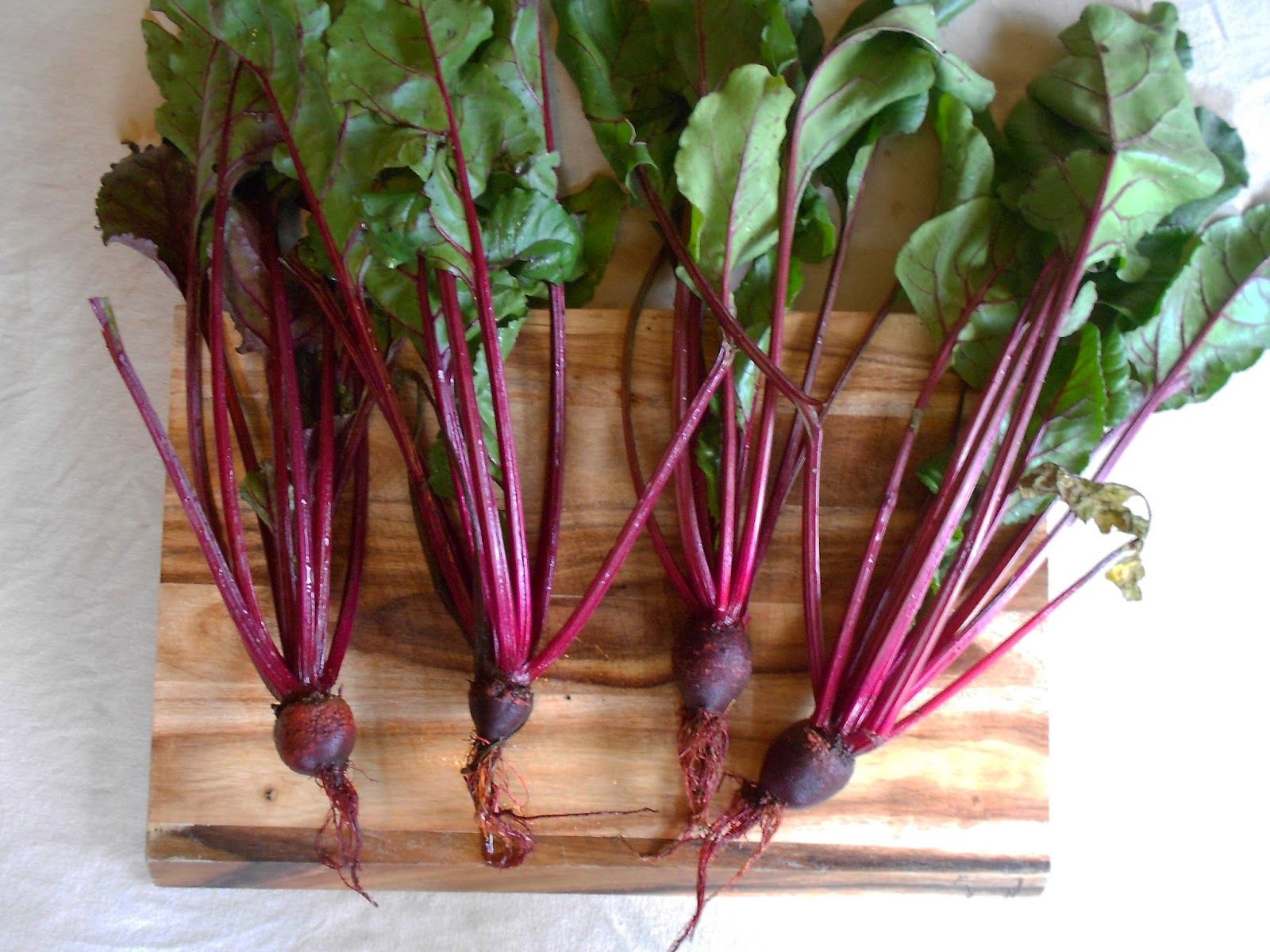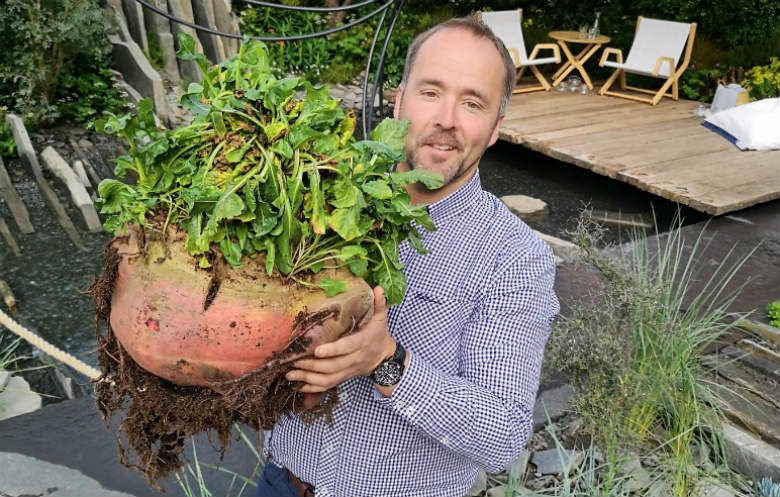
“
Beetroot is renowned for its vibrant color and distinctive flavor, but it also offers impressive health benefits and a rich history. In this post, we explore 20 amazing facts about beetroot, from its nutritional value to its diverse uses and fascinating past. Whether you’re a beetroot enthusiast or simply curious, our blog provides intriguing insights and valuable information. Discover the many wonders of beetroot and deepen your appreciation for this remarkable vegetable!1
1
”
Beetroots have been cultivated since antiquity, with their origins traced back to the Mediterranean region. Ancient Greeks and Romans valued beets for their medicinal properties and used them in various culinary applications. 1
Joe Atherton grew the longest beetroot, measuring 8.56 m (28 ft), showcased at The Grow Show: On Tour in Mansfield, UK, on 26 September 2020. Atherton also held records for the longest carrot, radish, parsnip, and turnip. 2
Beetroot seeds were taken to the International Space Station (ISS) to study plant growth in microgravity. The experiment aimed to understand how space conditions affect beetroot development, contributing to future space farming technologies. 3
Beetroot is known for lowering blood pressure. Its nitrates convert to nitric oxide, which relaxes blood vessels and improves circulation, helping to reduce hypertension and support cardiovascular health. 4
Athletes often consume beetroot juice to enhance endurance and performance. The nitrates in beetroots improve oxygen delivery to muscles, increasing stamina and potentially boosting athletic performance during intense physical activities. 5
Beetroot was first cultivated for its greens, with the root being a secondary development. The use of beetroot roots for consumption became more common during the Roman Empire, showcasing its historical evolution as a food source. 6
Due to its low calorie and high fiber content, beetroot is often included in weight loss diets. Its ability to promote satiety and improve digestion makes it a valuable addition to a healthy eating plan.7
Beetroot juice is prized in skincare for its glow-boosting properties. Rich in antioxidants and vitamins, it rejuvenates skin, reduces signs of aging, and enhances complexion, making it a popular ingredient in homemade beauty remedies. 8
Beetroot is a hardy plant that can thrive in various climates and soil conditions. It is commonly grown in home gardens and commercial farms, contributing to agricultural diversity and food security across different regions.9

While the beetroot root is commonly consumed, the green leaves are also edible and nutritious. Beet greens are rich in vitamins A, C, and K, as well as calcium and iron, and can be used in salads and dishes.
Beetroot's vibrant red pigment has been used as a natural dye for centuries, offering a chemical-free alternative to synthetic colors. Its rich hue makes it popular in textiles and foods, showcasing its versatility and historical significance. 10
Besides the common red beetroot, there are unique varieties such as golden beets and Chioggia beets, which offer different colors and flavors. Golden beets are sweeter and milder, while Chioggia beets have striking pink-and-white stripes.11
Beetroot is used as animal feed due to its high fiber and nutrient content. It provides essential vitamins and minerals, promoting healthy digestion and growth in livestock, making it a valuable component of balanced animal diets. 12
Beetroot can be processed into bioethanol by fermenting its sugars. This renewable fuel serves as an eco-friendly alternative to gasoline, supporting sustainable energy solutions and helping reduce carbon emissions.13
Beetroot cultivation boosts local economies, particularly in Russia and the U.S., by supporting thousands of jobs in farming and processing. Its versatility in the food and beverage industries drives significant economic activity and trade.14
The global beetroot market is valued at over $5 billion, reflecting its importance in agriculture and food processing. Its high demand for both fresh consumption and industrial use, including in juices and food colorants, fuels economic growth.15
Rich in folate, beetroot supports a healthy pregnancy by helping to prevent neural tube defects in the developing fetus. Its nutrient profile makes it a valuable addition to prenatal diets. 16
Beetroot cultivation can benefit soil health through its deep root system, which helps aerate the soil and enhance nutrient availability. This practice can improve soil structure and fertility for subsequent crops.17

The heaviest beetroot, weighing 23.995 kg (52 lb 14 oz), was grown by Jamie Courtney-Fortey and team in Cwmbran, UK, and verified on 23 May 2019. It surpassed Ian Neale’s 23.4 kg (51 lb 9.4 oz) record.
Beetroot is packed with essential nutrients, including vitamins A, C, and B6, as well as folate, manganese, and potassium. These nutrients contribute to its health benefits, such as improved blood flow and reduced inflammation.18


